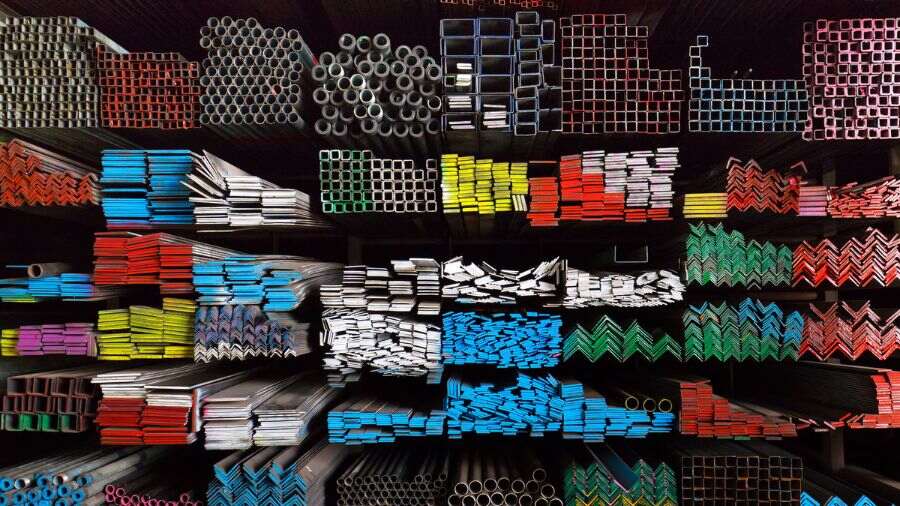A benchmark of a good inventory management process is the systematic acquiring and manufacturing of raw materials into the business’s finished goods. This raw materials inventory is a large part of the manufacturing process if your company produces its own products.
This raw materials inventory guide can help small businesses navigate the process of acquiring and using raw materials in their manufacturing process.
Raw materials inventory refers to a business’s stock of materials that have yet to be used in the manufacturing process to create a finished product. During this production process, raw materials are used to create work in process inventory or work in progress inventory, which turns into finished goods to be sold by the business.
Inventory tracking is an important part of supply chain management when it comes to the raw materials used to create work-in-progress inventory, and later the finished products. Stock levels must be monitored and costs and labour must be accounted for.
Therefore, keeping track of the types of inventory and the materials used to create those inventories is an essential part of proper inventory management. That’s why many businesses turn to inventory management software to help with this process.



